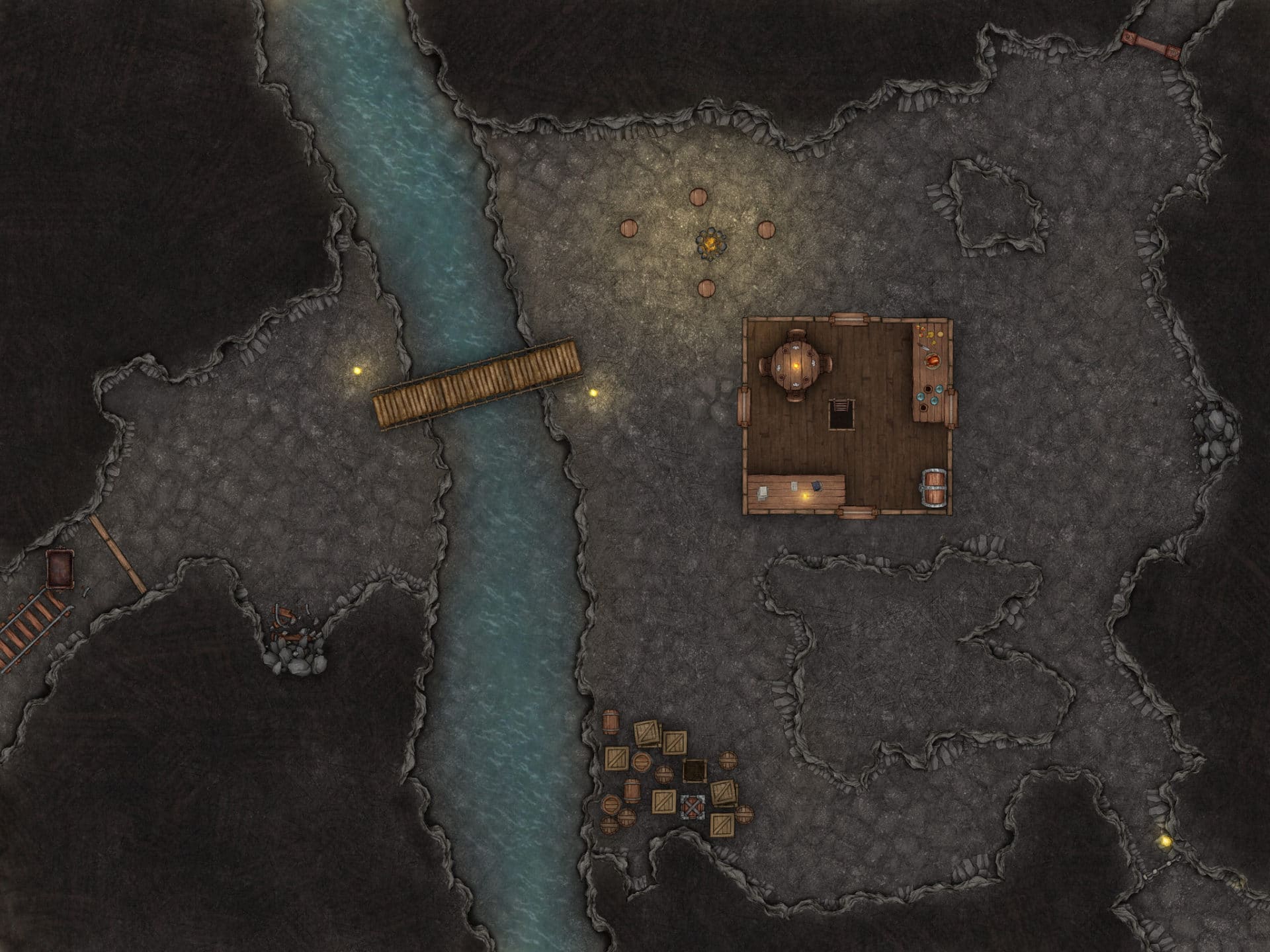

In the first couple sessions, they might learn that it’s the home to a violent tribe of Orcs, or maybe it’s the ruins of an ancient dwarvish civilization.

I might put an unlabeled town behind a mountain range, so the players know it’s there, but not say what it is. If I’m building a continent, I want to be able to show, or allude to, certain elements of the story that I have thought out. Allow me to explain what that can mean for the different types of maps we build. Speaking of stories, never miss the opportunity to tell a story through the creation of your maps. If it’s not on the physical map in front of you it can show up through the story you and your players create, and you can add it in later. When you’re building it’s important to remember that it’s not all on you as the DM to create the world. Whether you’re putting together a regional map, a battle-grid, or trying to map out a city, you don’t have to get every detail “right.” A common struggle for DM’s, especially if they’re just starting out, can be this overwhelming feeling that everything needs to be perfect. Map building can be an intimidating process, so I want to give you a few tips before you even jump into the actual building process. These maps could be of dungeons, towns, or whatever, but they show a specific amount of space and give the players an idea of how large an area is.īattle-grids are the maps miniatures (or m&ms) will go on whenever characters are making specific decisions about their movement, and yes, that includes battles as well. Regional maps are the larger maps we’ll look at, they might show a few continents, a few towns, or they might show the world in its entirety.īattle-grids are the maps you’ll often see covered in squares. The three main types of maps that we’ll be discussing are: Maps are literally how we introduce our players to the world, and in a lot of cases, how we allow them to interact with it. So what does the ground up mean? Well since you clicked on this article you probably already know that it means maps. In this article, we’re going to give you some ways to start breaking past that playwall.įrom the ground up we’re going to help you bring a world to life without having to empty your pockets.

While these are the two extremes, most groups operate somewhere in the middle ground of this spectrum.Īll of the miniatures and terrain structures can seem to exist behind a paywall, and most of us just use whatever we can to bring the worlds we wish to experience to life. Then we have maps and D&D miniatures, a playstyle that relies on the use of physical ( or digital) props to allow players to explore the settings. You can have a ‘ theater of the mind’ game, which basically just means that the players and the DM use their imaginations to bring worlds to life. There are generally two ways to explore the world of fantasy rpgs.


 0 kommentar(er)
0 kommentar(er)
